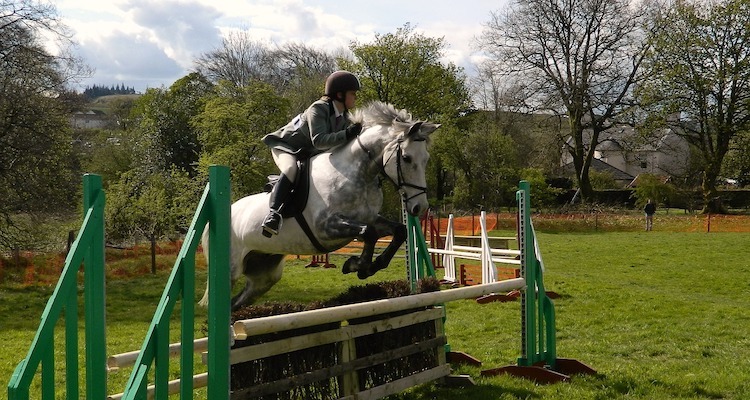
Competitive horse riding, also known as equestrian sports, encompasses a variety of disciplines such as dressage, show jumping, eventing, rodeo, barrel racing, and more. The physical demands can vary depending on the specific discipline, but there are some common physical demands associated with competitive horse riding:
It's important to note that different equestrian disciplines have varying physical demands. For example, a rodeo rider may require different skills and physical attributes compared to a dressage rider. As a result, riders often engage in specific training regimens tailored to their chosen discipline to develop the necessary physical attributes and skills. One way to do this is to work with a straight and conditioning specialist.
Working with a Strength and Conditioning Specialist (SCS) can provide significant benefits to competitive horse riders. Here are some ways in which such collaboration can be advantageous:
In summary, collaborating with a Strength and Conditioning Specialist can greatly benefit competitive horse riders by enhancing their physical fitness, reducing the risk of injuries, improving riding performance, and increasing overall well-being. A customized training program designed by an SCS can help riders reach their full potential and excel in their chosen equestrian discipline.
If you would like to know more about strength and conditioning it is always best to speak to an expert. To find a strength and conditioning coach to work with, or another specialist who works on physical aspects of performance such as a yoga teacher then do search our global directory of sports performance specialists.
